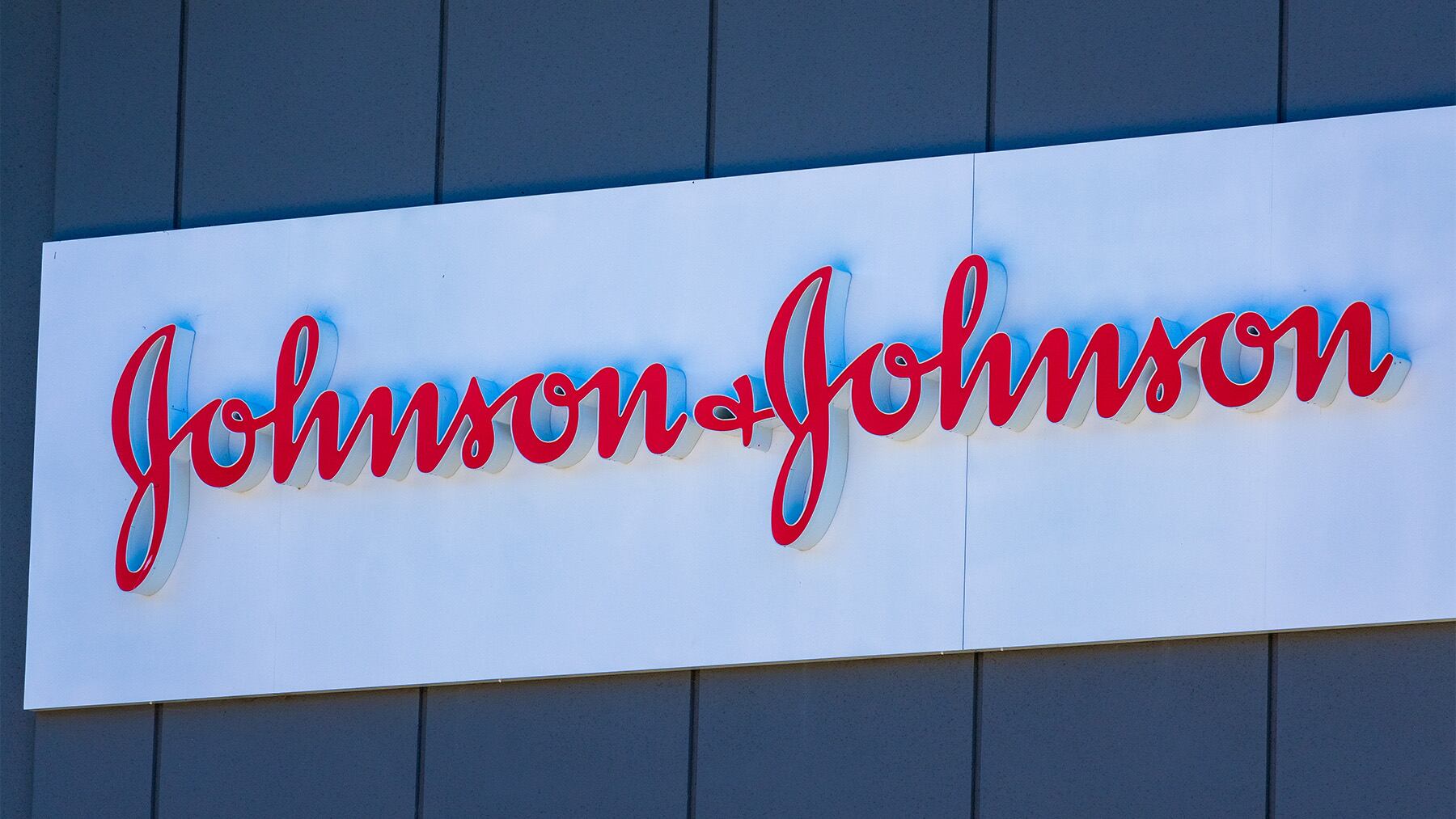
Johnson & Johnson’s second-quarter profit beat Wall Street projections on strong pharmaceutical sales while the company cut its full-year forecast to account for a spate of recent acquisitions.
Adjusted earnings for the quarter were $2.82 a share, the New Brunswick, New Jersey-based company said Wednesday in a statement, beating analysts’ average estimate by 11 cents. While drug sales were slightly ahead of estimates and medical device revenue fell a bit short, spending on research and development was below expectations.
J&J’s share price has fallen this year as investors fret about falling sales of Stelara, an anti-inflammatory medicine that will soon face lower-price competition in the US and Europe, and ongoing litigation with people who claim the company’s talc-based baby powder caused their cancers.
“We acknowledge there are a few overhangs,” Chief financial officer Joe Wolk said in an interview. “I think we’re very well-positioned to manage that and to grow even in the first year of Stelara losing exclusivity.”
The shares fell 1.1 percent in trading before US markets opened, and have lost 3.7 percent this year through Tuesday’s close.
The company said it would generate operational sales of $89.4 billion in 2024, an increase of 6.4 percent from a year earlier, after its $13.1 billion buyout of the device firm Shockwave Medical. J&J also bought Proteologix Inc. in June and the experimental eczema treatment NM26 from privately held Numab Therapeutics in July.
Because of those transactions, adjusted operational earnings for the year will be $10.05 a share, down from the $10.68 a share midpoint estimate it issued in April, according to a statement Wednesday. The forecast includes a 5 cents per share gain from improved performance, J&J said.
J&J has proposed settling the majority of the outstanding talc claims by paying out more than $6 billion over 25 years. Plaintiffs have until July 26 to vote in favour of the deal, and J&J needs the support of at least 75 percent of claimants to move forward.
The company is “cautiously optimistic” the settlement will go through, Wolk said.
J&J is counting on its medicines for cancer and autoimmune disease to make up for Stelara’s impending decline. Darzalex, a multiple myeloma treatment that’s now J&J’s biggest drug, beat analysts’ projections in the second quarter, as did the psoriasis treatment Tremfya and prostate cancer medicine Erleada.
Last year, J&J split from its consumer health division, which makes Tylenol and Listerine, to focus on the higher-margin pharmaceutical and medical-device businesses. The company, which has spent nearly $35 billion on acquisitions in the last 18 months, will be “opportunistic” in looking for deals to expand its pipeline, Wolk said.
“It’s a luxury I have as CFO that we don’t have to do anything out of desperation,” he said. “We think in terms of years, not necessarily quarters here.”
By Damian Garde
Learn more:
J&J Weighs Third Bankruptcy Try to Settle Baby Powder Suits
Johnson & Johnson is weighing a third attempt to use bankruptcy for an $8.9 billion settlement of tens of thousands of lawsuits that allege tainted talc in the company’s baby powder caused cancer.



